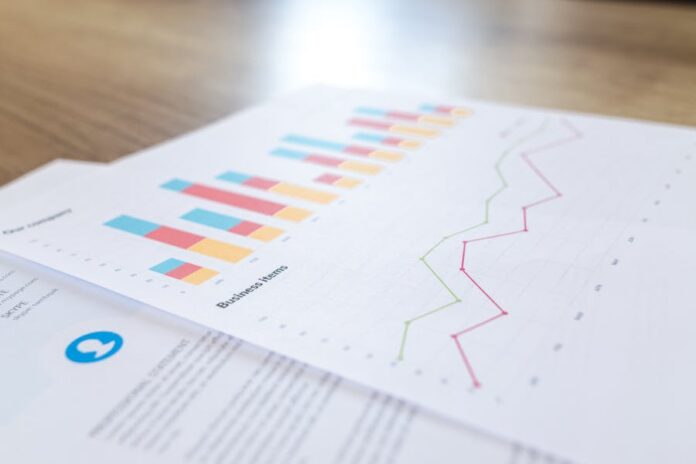Looking to enhance your marketing strategy? Effective media buying and planning are key. Fortunately, it’s not as daunting as it may seem. With support from a print media buying agency and the right tools, you can reach your target audience and inspire them to take action. This marketer’s guide will cover everything from the fundamentals of media buying to advanced strategies that will set you up for success. By the end, you’ll be equipped to manage your media buying efforts with confidence and a deeper understanding. Let’s dive into the world of media buying and discover how ad sellers can help you achieve your marketing goals!
What is the Concept of Media Buying?
Media buying is the process of securing a place where adverts can be shown. These places could be online (like website banners) or offline (like space in a newspaper). A good analogy for media buying would be buying a house: you need to find the best channels to reach your target customers while also staying on budget. It’s not an easy thing to do perfectly. When it comes to media buying, if you want your advertisements on newspapers, magazines, TV stations, or websites — especially ones visited by lots people! — then you either have two options: 1) Get in touch with media buying services that can help you negotiate prices for these spaces or 2) Do it yourself by buying space directly from owners/publishers and using your own team & tools to manage it.
Unlike social media, where users seek you out, media buying is about reaching out to them. Today, media buying happens in two main ways:
● Direct buy – Media buyers connect directly with publishers to bargain for ad space. For instance, they might work with a newspaper to secure a spot in the next edition.
● Programmatic buy – This involves automated technology handling the buying process.
Media Buying Strategy
Before diving into media buying with the help of a print media buying agency, it is crucial to establish a goal. Many overlook this step, but it sets the direction and prevents the wastage of resources. Once you have your objective in place, your media buying journey typically follows these steps:
- First, you have to craft your media buying strategy. Start by outlining your budget, defining your target audience, and choosing the metrics to gauge your campaign success.
- Secondly, you must plan your media placements. Select the platforms where your ads will appear, create the right content, and agree on when your campaign will run.
- Placing your media involves negotiating with publishers or using software to bid on available ad space.
- Next, you gather data. Your software collects data from publishers and monitors how each campaign performs.
- After that, you have to analyze the data. Your team reviews campaign results and data to inform future decisions.
- The last process is optimization. You can use algorithms to automatically optimize campaigns based on your goals or manually adjust each setup.
Media Buying Benefits
Media buying and media planning processes are vital in a marketing strategy. Media buying is buying space for ads in different places like TV, radio, newspapers, magazines, and billboards. Meanwhile, media planning is the strategy for deciding when and where to put those ads. But why should marketers care about media buying and planning? Here are a few good reasons:
Focused Exposure
Print marketing works well for local businesses or those aiming for geographically targeted campaigns. You can narrow your campaigns to direct mail to particular demographics or areas, ensuring you reach a targeted audience.
Cut Costs
Intelligent media buying and planning can stretch your budget further. You can snag spots at lower rates or bargain for free or discounted placements by offering creative services or other incentives.
Capturing Attention
Print materials grab and keep interest better than digital content. Online, it is easy to scroll past or ignore digital ads, but readers often spend more time with printed materials, giving them a chance to really take in the message you are sharing.
Boost Brand Visibility
You can make your brand shine brighter than the competition through media buying and planning processes. With strategic ad placements, you can grab attention and build lasting recognition for your brand.
Media Planning vs Media Buying
Media planners focus on preparing the groundwork, enabling media buyers to pinpoint the audience and placements effectively when launching campaigns. Media buyers rely on these plans to engage with sales representatives on relevant channels, negotiating placement, pricing, and timing.
Conclusion
Media buying & planning are robust instruments for marketers to achieve success. A print media buying agency does proper research & gets ideas into how well different types of media work. When marketers know more about the media options available, how campaigns are created on each one, what kinds of success metrics are used to evaluate them, and other such details, they can pick the best ones for their needs. Having a good media buying or planning strategy is important because it allows companies to reach more people in new ways than before, increase how familiar their brand is with the general public, & possibly make more money as a result.




